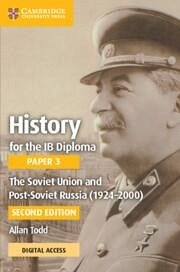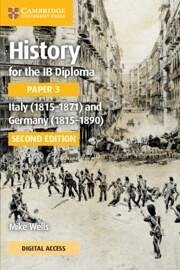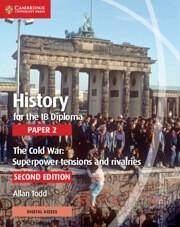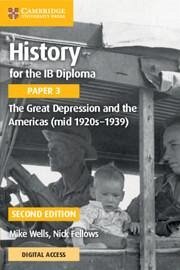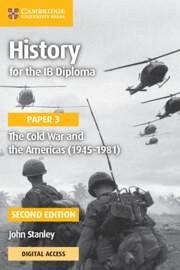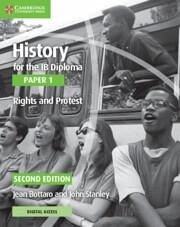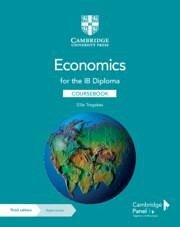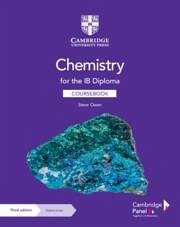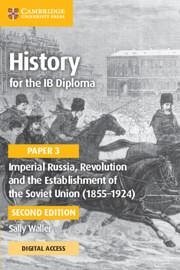
History for the IB Diploma Paper 3 Imperial Russia, Revolution and the Establishment of the Soviet Union (1855-1924) Coursebook with Digital Access (2 Years)
Versandkostenfrei!
Versandfertig in über 4 Wochen
31,99 €
inkl. MwSt.

PAYBACK Punkte
16 °P sammeln!
This coursebook covers Paper 3, HL option 4: History of Europe, Topic 12: Imperial Russia, Revolution and the Establishment of the Soviet Union (1855-1924) of the History for the International Baccalaureate (IB) Diploma syllabus for first assessment in 2017. Tailored to the requirements of the IB syllabus, and written by an experienced examiner and teacher it offers authoritative and engaging guidance through the tsarist autocracy in Russia, the revolutions of 1917, the Civil War and Lenin's rule.



